Did you know that Bartolomeo Cristofori invented the first modern piano in 1700? Well, it's wasn't exactly like the one we see today.
It was a fortepiano and since then this instrument has evolved significantly The various types of pianos available in the market and their amazing musical capabilities are enough to make your head spin.
Modern pianos can be divided into two main categories - acoustic pianos and digital pianos. Read ahead about the different types of pianos before you buy a one for your home.

Different Types of Piano
1. Upright Piano
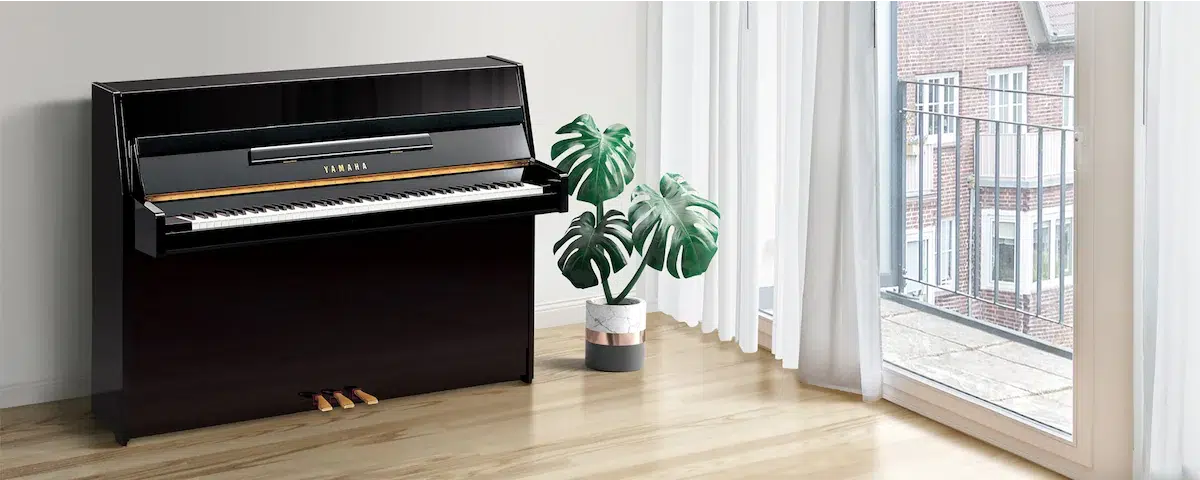
Upright pianos are the most popular acoustic pianos in the world. However, these are smaller in size compared to grand pianos and cost way less than the latter. You will find upright pianos in most churches and schools.
These are favorable for homes as they are not as wide as grand pianos.
The strings and the soundboard plane are placed vertically, perpendicular to the keyboard on an upright piano. That's why upright pianos are sleek and take up less space.
Piano maker John Isaac Hawkins created the design of the modern upright pianos in around 1800. Due to the design and placement of the strings, upright pianos give off a 'lighter' feel while pressing the keys and a slightly different sound compared to grand pianos.
Bechstein v/s Steinway | Which is better?

2. Grand Piano
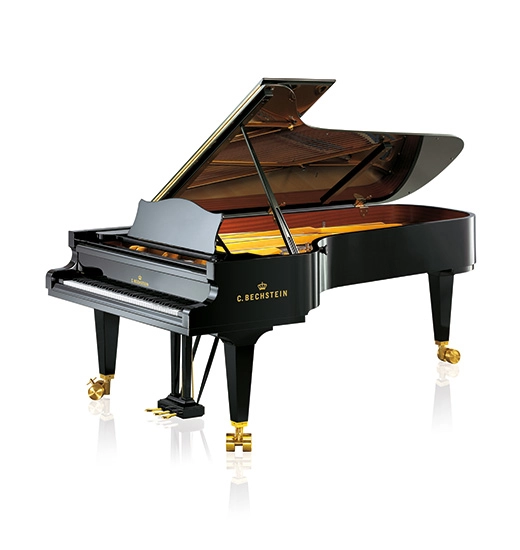
Grand Pianos, AKA horizontal pianos, are the most popular and royally beautiful pianos. However, owning a grand piano is itself a privilege for many. People usually save money for years just to buy a grand piano.
Grand pianos are expensive and show off excellent craftsmanship. According to critics and musicians, grand pianos offer the most beautiful sound of all. Usually, grand pianos are used for concerts, live performances, and for composing music.
The damper and pedals are horizontally placed around the wide back of the hybrid (string and percussion) instruments. A standard grand piano comes with 88-keys (52 white and 36 black).
Did you know Beethoven didn't play a piano?

3. Electronic/Digital Piano

Digital pianos are created as a portable and electronic substitute for traditional acoustic pianos. And not to mention that these are the most recent variants of pianos. Like acoustic pianos, digital keyboards or pianos come with 88 keys.
However, digital pianos don't have pedals like traditional pianos. In recent times, digital piano manufacturers have introduced weighted keys to give off a closer sonic resemblance to acoustic pianos.
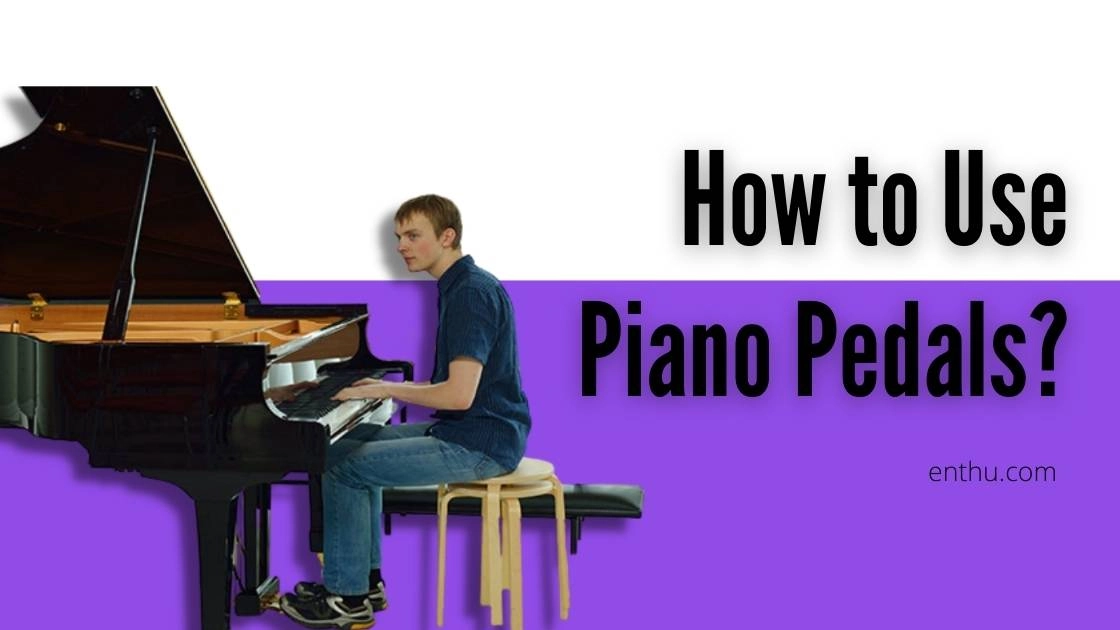
Digital pianos with non-weighted and fewer keys are called synthesizers. As these pianos are ightweight, pianists get the freedom to carry them around.
These instruments are widely used in recording studios, live concerts, and practice sessions.
Classical, Jazz, Gospel, and many more

Types of Upright Piano
1. Spinet Piano
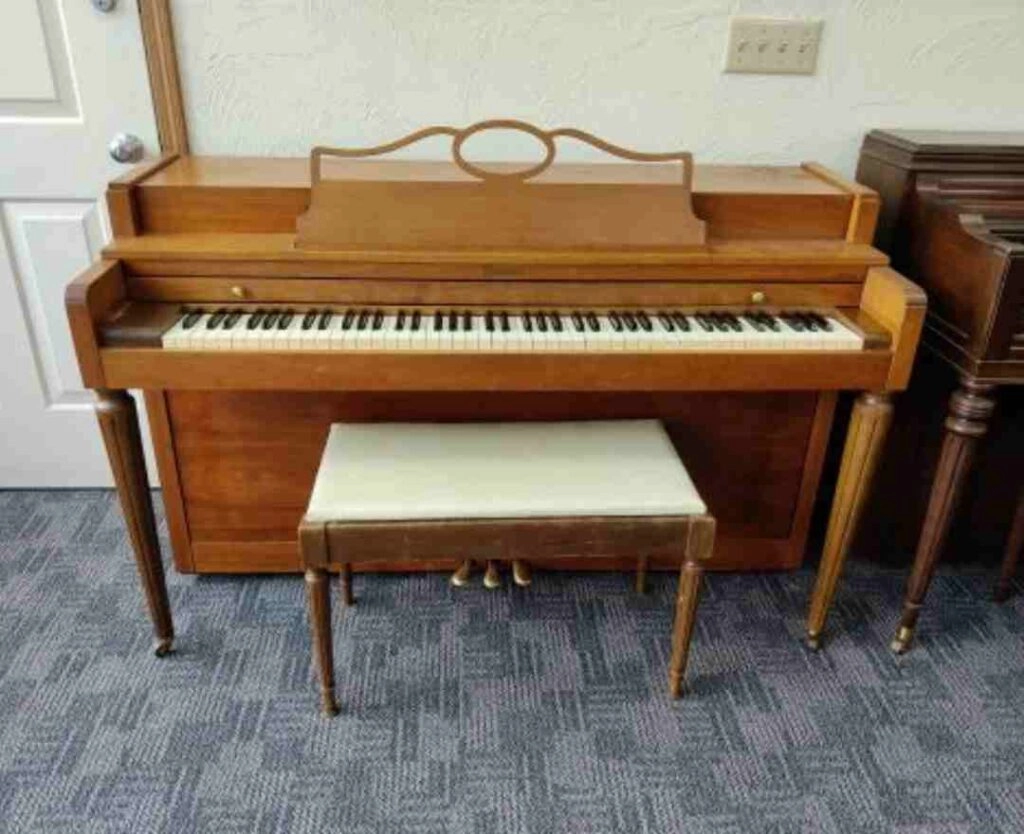
One of the most popular variants of an upright piano is the spinet piano. In around the 1930s, the growing demand for upright pianos with shorter height resulted in much shorter pianos called spinet pianos.
Spinet pianos are usually 35-40 inches tall. The hammer mechanisms and strings are located partially, sometimes completely, under the level of keys. Spinet pianos are good for beginners and amateur players, as the hammer-key mechanism or spinet action is less efficient than that of a full-sized upright piano.
Although it offers a compact size, the complication in its build makes even small repairing works difficult and expensive. Nowadays, these pianos are no longer being manufactured, but you can still find a few in piano stores or in some homes.
2. Console Piano
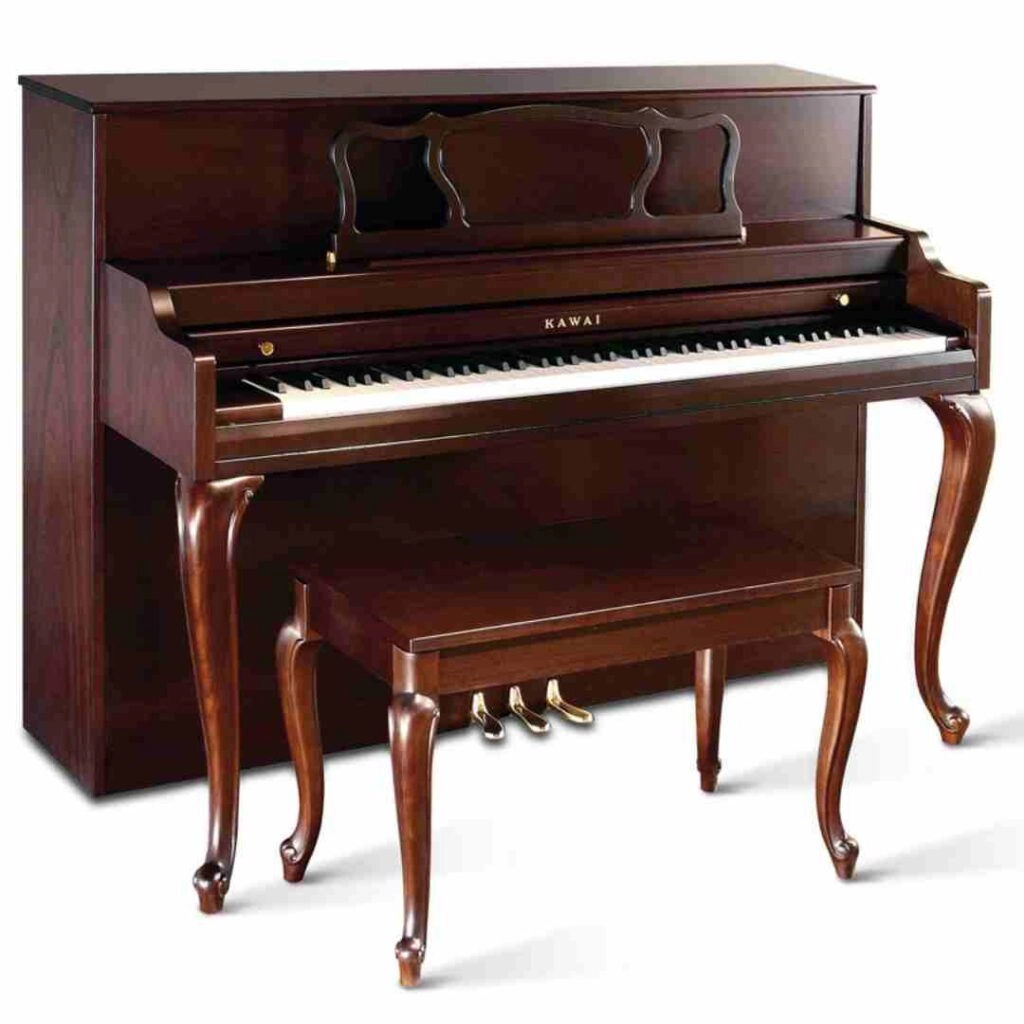
Console pianos are bigger than spinet pianos but smaller than standard upright pianos. These are the most common type of upright pianos. Typically, the height of a console piano ranges from 40 to 44 inches.
Sometimes, it can range up to 46 inches as well. Unlike spinet pianos, console pianos are constructed with better key-hammer mechanisms, and these are relatively easy to assemble, which reduces the cost of maintenance.
Console pianos generate excellent sound and are perfect for both practice and professional purposes. As these are initially upright models, console pianos fit right in a corner and don't take up much space.
These instruments are extensively used in sound designing studios. Brands like Yamaha, Baldwin, Kawai, etc. manufacture the best console pianos.
![How to Label Piano Keys? [Pictures Included]](https://enthu.com/blog/media/x5okKB7AvnjCgot1.jpg)
3. Studio Piano
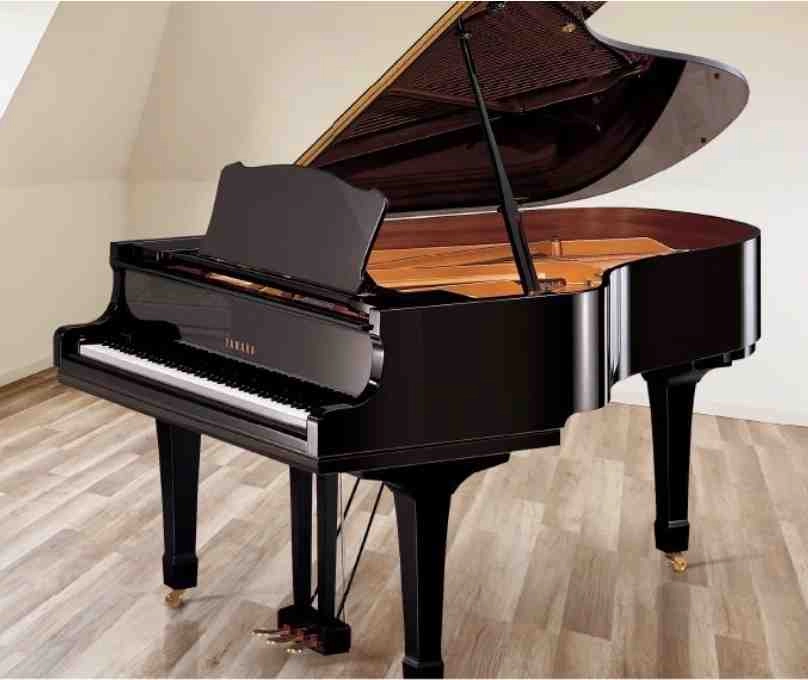
These are a bit different than console and spinet pianos. The size of a standard studio piano ranges from 43 to 47 inches. These are professional pianos that are usually found in music schools and in recording studios.
Studio pianos are extensively used for music compositions. Famous composer Hans Zimmer uses studio pianos as well. However, not everybody can afford a studio piano as these are really expensive.
Unlike grand pianos, studio pianos come both in electric and acoustic setups. Digital studio pianos are not only less expensive but also smaller than acoustic studio pianos.
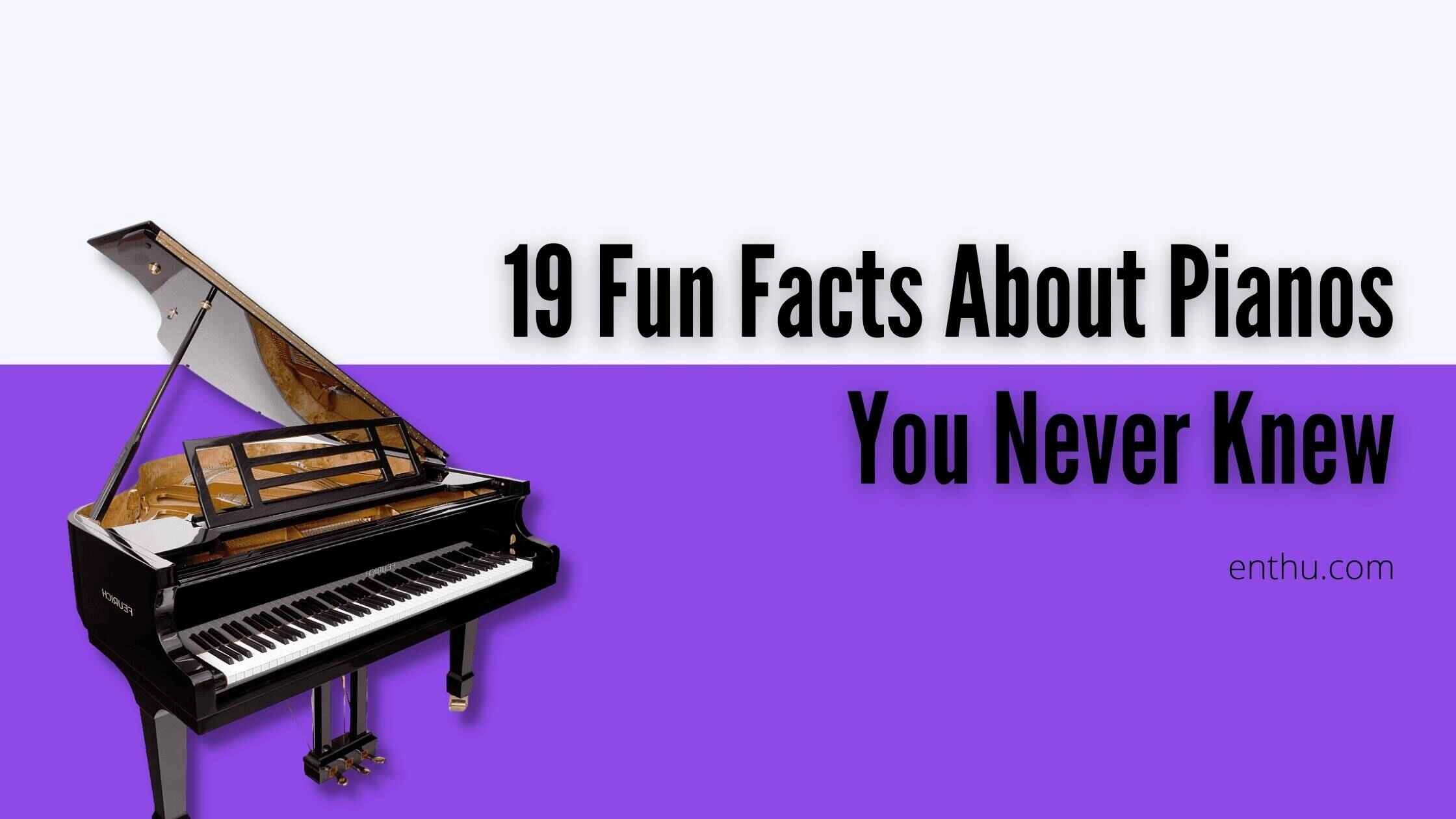
Types of Grand Pianos
Grand pianos are divided into at least seven different types of piano according to their sizes. Typically, the length of a grand piano ranges from 4.5 to 9 inches.
1. Grand Piano classifications according to size
Petite grand: 4′ 5″ to 4′ 11″
Baby grand: 5′ to 5.5′
Medium grand: 5′ 6″ to 5′ 8″
Professional grand: 5′ 9″ to 6′ 2″
Parlor grand: 6′ 3″ to 6′ 10″
Semi-concert grand: 6′ 11″ to 7′ 8″
Concert grand: 8′ 11″ to 9′
Among all the grand piano variations, baby grand, concert grand, and parlor grand are the most popular ones.
1. Petite Grand
This is the smallest variant of grand pianos. You will find these pianos mostly on people's homes. Don't get fooled by its small size; petite grand pianos offer excellent soundscape.
The size of a petite grand can range from 4 feet 5 inches to 4 feet 10 inches.
2. Baby Grand

This type of pianos are the most popular grand pianos in the world. As the name suggests, baby grands are smaller in size than most other grand piano versions.
These pianos work on the classic grand piano mechanism of key and hammers, which provides a crisper and louder sound than any upright piano.
Excellent tonal quality and responsiveness make it ideal for a professional pianist.
3. Medium Grand
Piano manufacturers consider these pianos as the 'smallest' full-sized grand piano. As these pianos are wider than baby grand, the bass effect becomes more prominent and crisp.
The length of these pianos ranges from 5 feet 6 inches to 5 feet 8 inches. However, 5'7" is the standard length of most medium grand pianos.
Kawai, Yamaha, and Steinway specialize in medium grand pianos and offer a wide range of excellent medium grand pianos.
The middle C in a 76-keys Piano is the third C from the left
Want to know the Middle C in 69-Keys Piano?
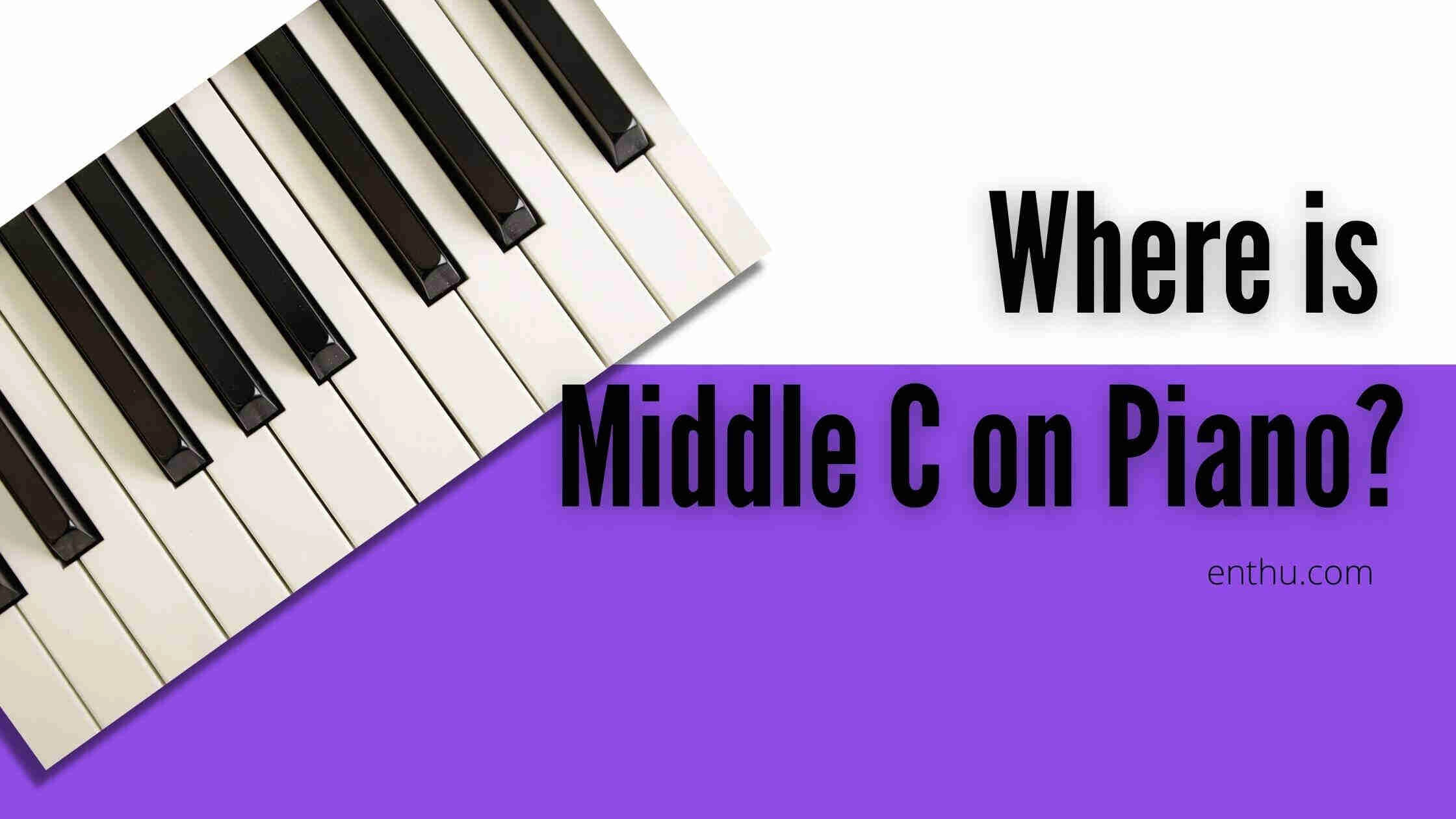
4. Professional Grand
These are the introduction to professionalism, hence this name. You will see professional grand pianos in orchestras, live performances, and music studios. The length of professional pianos ranges from 5'9" to 6'2".
5. Parlor Grand
Often referred to as the 'living room piano,' parlor grand pianos come with a length of 6'3" to 6'10". The exceptional bass tone of these pianos enhances the overall sound of these pianos. The famous Rock icon Elton John used parlor grand pianos throughout his elaborative musical career.
6. Semi-Concert Grand and Concert Grand
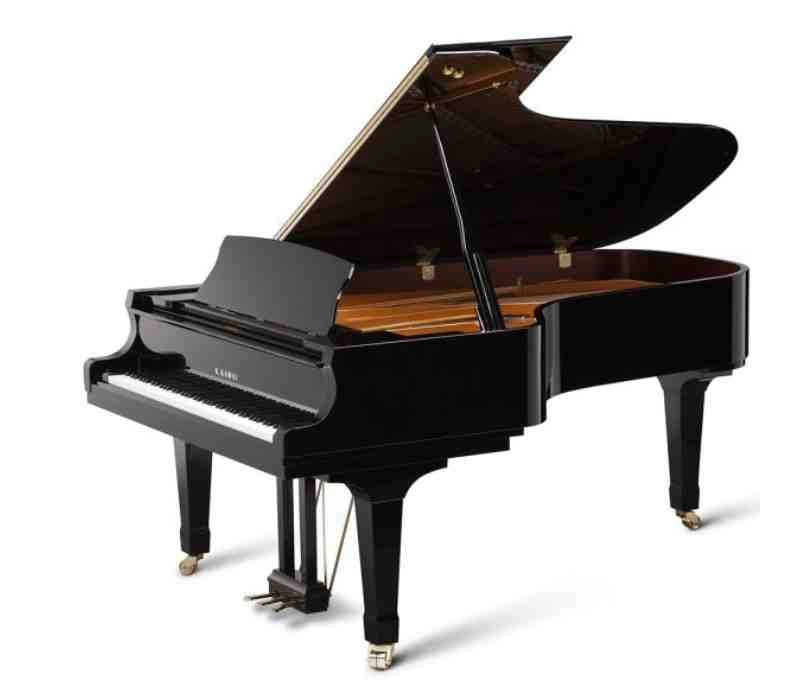
Semi-Concert Grand There is no major difference between semi-concert and concert grand pianos. However, piano professionals identify them as different grand pianos for their length only.
The length of semi-concert pianos ranges from 6'11" to 7'8". Whereas the length of concert pianos ranges from 8'11" to 9'. Professional pianists use both semi-concert and concert pianos extensively for live concerts.
Learn about Piano Major Chords and Minor Chords
Checkout Piano Chords 101: A Simple Guide to explore.



Conclusion
Learning more and more about the instrument you love makes you feel closer to it and creates a sense of intimacy. Once you figure out which one suits your needs, you can consciously buy your first piano.

Learn how to play the piano and get personalized piano lessons at EnthuZiastic. See you at your first concert, cheers!
FAQs
1. What is the difference between a fortepiano and an organ?
The fundamental difference between a fortepiano and an organ is that fortepianos are hybrid instruments (percussion and strings), an organ is a wind instrument. According to many musicians, organs lack the musical depth a fortepiano can offer.
2. Which piano should you buy as a beginner?
A standard 88-key piano is the evidently best choice for professionals as well as a beginner. However, buying an 88-key grand piano is an expensive decision. So, I would suggest you start with a 66-key piano or keyboard, which is relatively cheaper. Later, move on to a standard piano once you feel you are ready for the commitment.
3. What is the difference between harpsichord and clavichord?
The mechanism of harpsichords use a certain key and hammer placement to create sound. On the other hand, the mechanism of clavichords are entirely different. Clavichords offer delicate and very low sounds, but harpsichords produce louder sound compared to clavichords.
4. Which one is better: acoustic or digital piano?
This depends on everyone's personal choice, so the answer varies from person to person. Nowadays, digital pianos can create the same sound and effect as acoustic pianos. However, many pianists think that acoustic pianos are better than digital pianos. You can choose whichever you like and suits your budget.

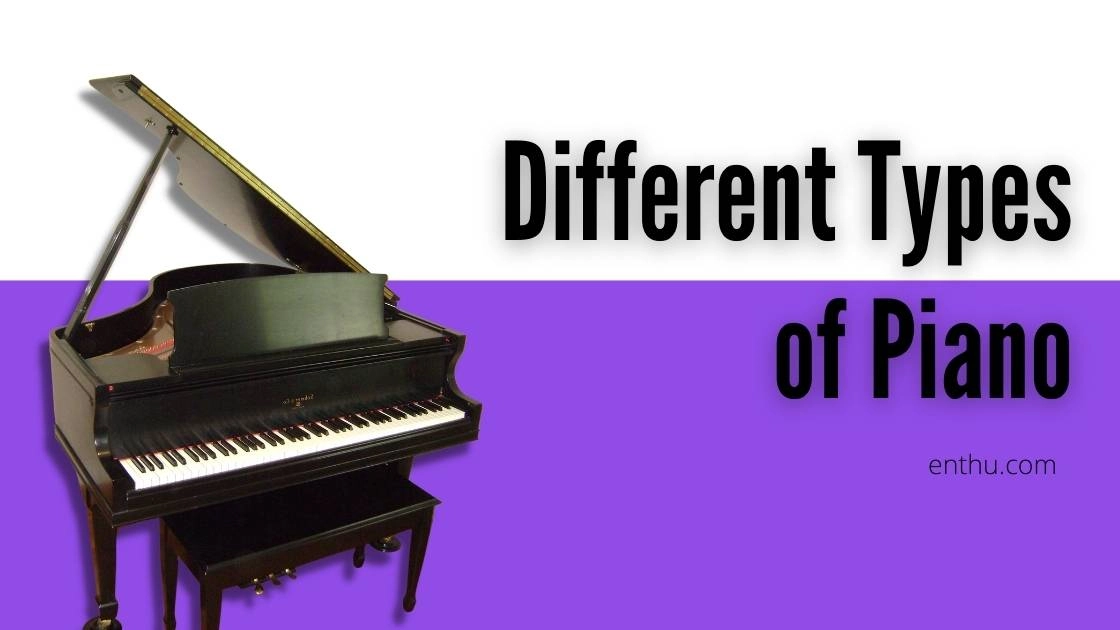
Comments